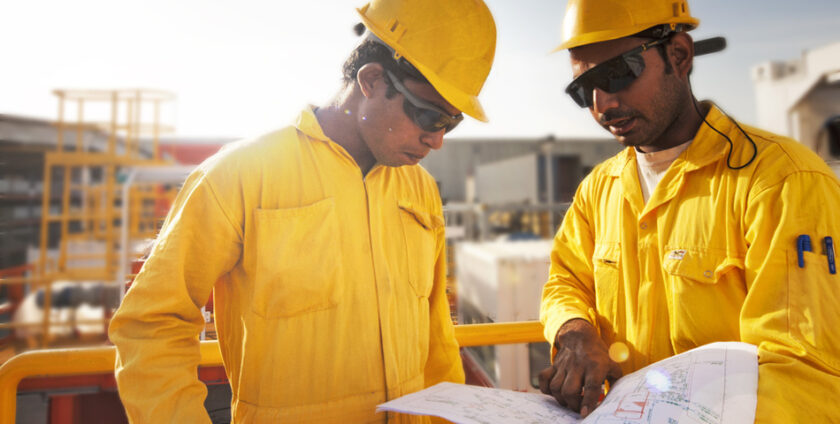
We dive into the oil field of the future and where technology is taking it next, from drone- and robot-based exploration to carbon source capture and geothermal wells.
The oil field of the future will be built on key technologies such as:
Drone- and robot-based exploration to reduce capital costs and time to production
Nanosatellite monitoring to reduce ongoing operation & maintenance costs
Aerial gas leak detection to detect and address methane emissions
Carbon source capture to reduce overall greenhouse gas emissions
Geothermal wells to increase oil field productivity and sustainability.
What’s at stake?
WHY IT MATTERS
While the world transitions to more sustainable forms of energy, we continue to get the majority of our energy from oil and gas. Demand for fossil fuels is expected to continue to rise in the coming years, with natural gas demand projected to peak by 2035, according to McKinsey.
However, oil & gas producers have been shaken up by market volatility in recent years. As a result, they are ramping up their digitization efforts in order to boost efficiency and maximize return on capital for investors. Given these efforts, estimates indicate that the global digital oil field market size will surpass $54B by 2030.
WHY NOW
Due to the recent establishment of corporate sustainability targets as well as a push from shareholder activists, oil & gas companies are looking to decrease the carbon intensity of their operations.
Digitization efforts have the potential to help these companies reduce their carbon emissions, as a more efficient production process inherently uses less energy overall. Additionally, advancements in renewable energy sources (e.g., geothermal) are making it possible for some oil field operations to tap into carbon-free energy.
- By:stevendunlop16@outlook.com
- 0 comment

Leave a Reply